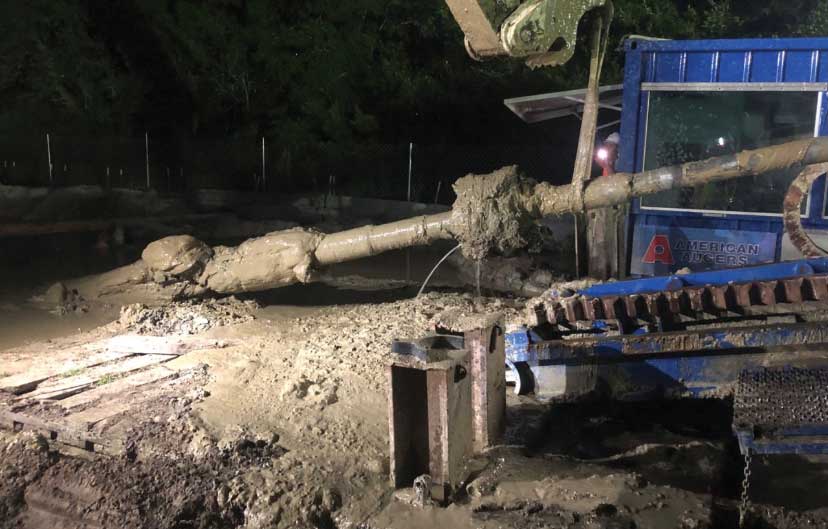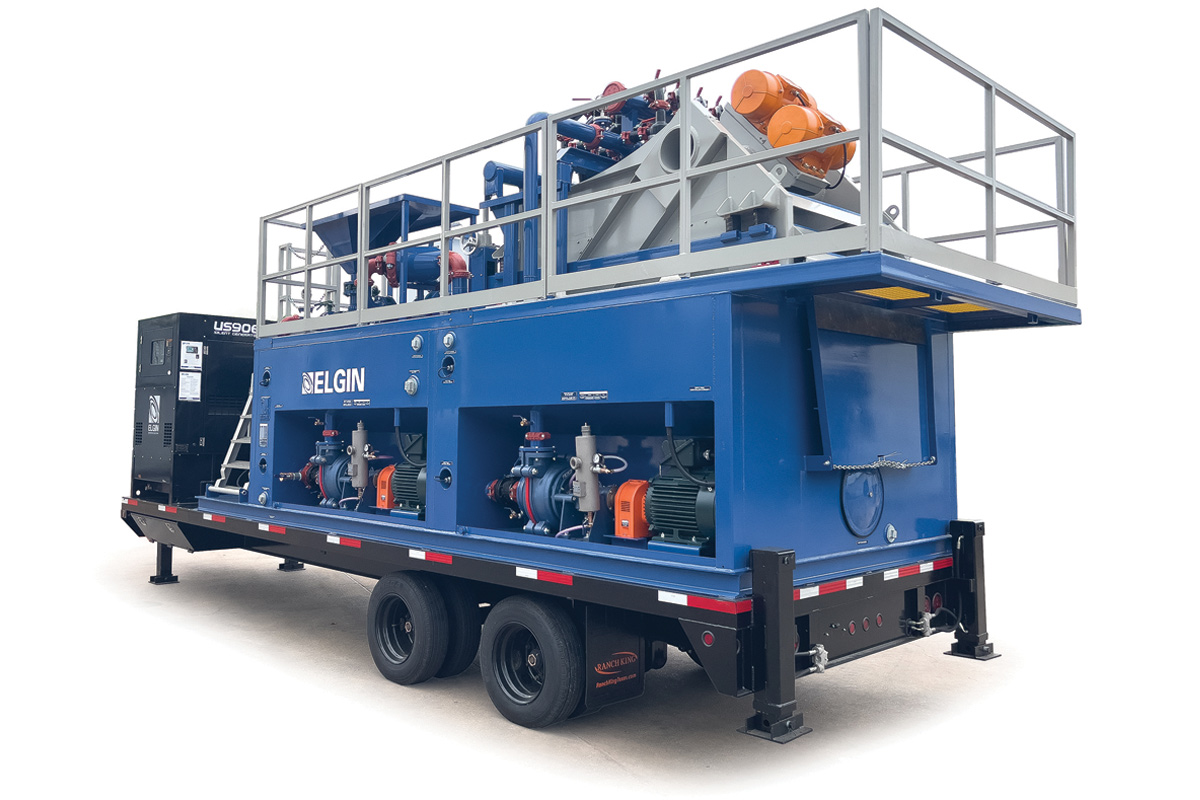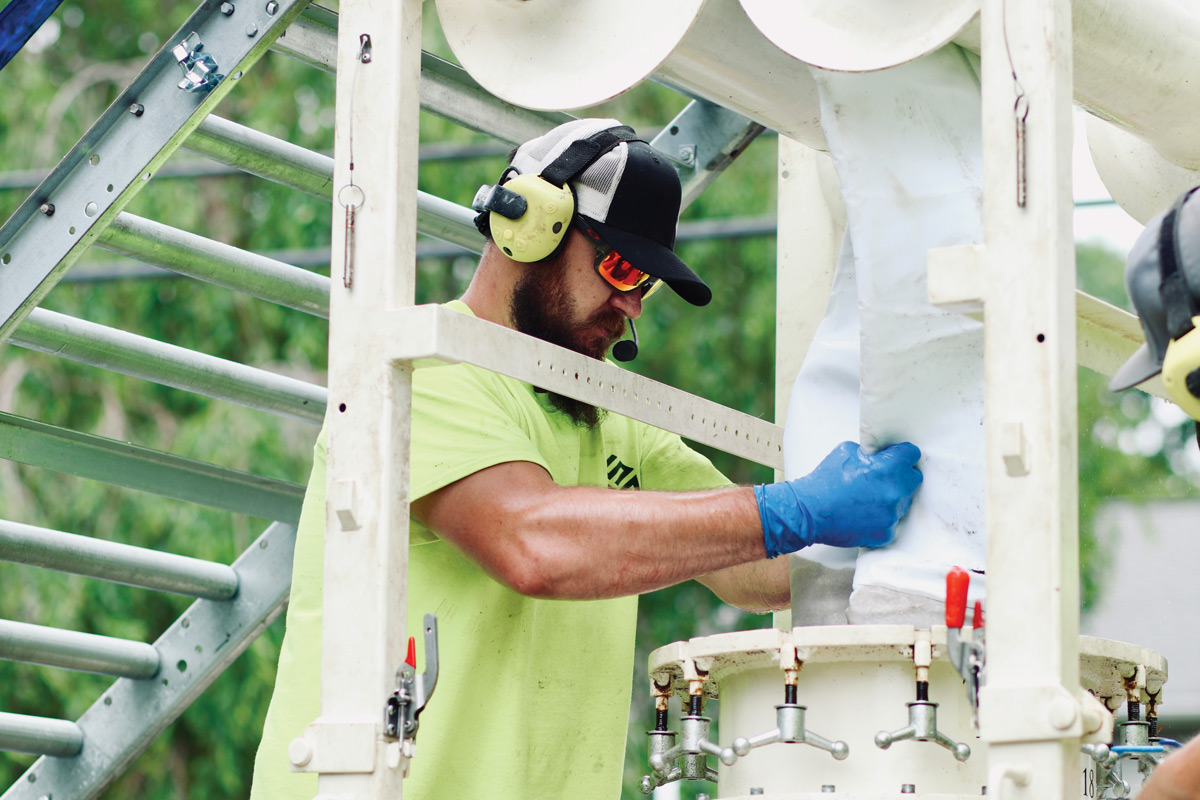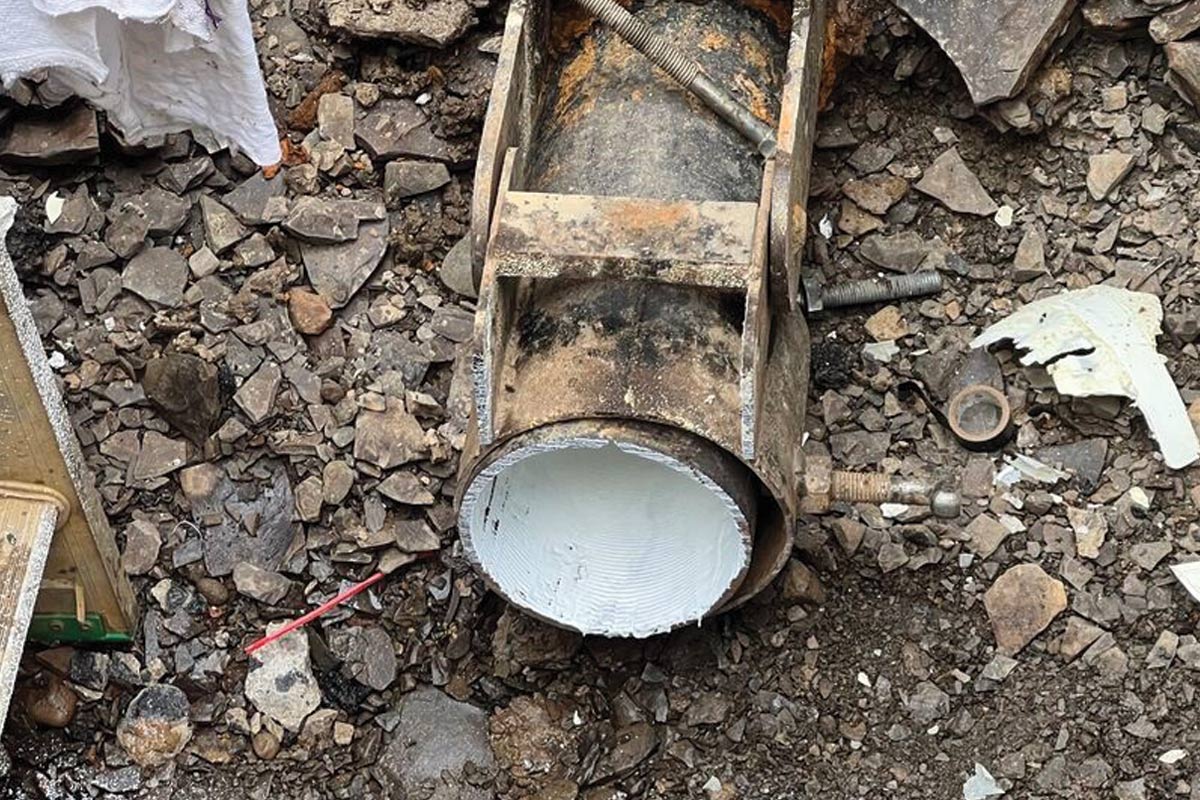
Installing a New Water Main Below the Intracoastal Waterway
How Contractors Installed a Mile-Long Steel Water Transmission Main Beneath a Sensitive South Carolina Wetland
When the Charleston Water System set out to install a nearly mile-long water transmission line connecting its existing line on Sullivan’s Island to a nearby water main, project managers knew the task would not be without obstacles. However, the biggest challenge for the project team came in the form of the Ben Sawyer Intracoastal Waterway, which posed unique environmental and engineering challenges to laying the new pipeline in the South Carolina low country.
The installation of this critical piece of infrastructure was a collaborative effort between two public water and wastewater utilities – Charlestown Water System and Mount Pleasant Waterworks. Aimed at fortifying and adding redundancy and quality to the water network of a coastal area with a growing population, the project involved the use of horizontal directional drilling (HDD) to install a mile-long steel pipe – coated with cross-linked layers of a fusion-bonded epoxy and an abrasion-resistant overcoat – at a maximum depth of 90 ft through a tunnel bored under the sensitive habitat of marshy wetland.
To minimize the environmental impact of the project, the crews used specialized equipment to bore the tunnel and install the pipe with minimal disturbance to the surrounding environment. Additionally, the pipe was coated to withstand the more demanding HDD installation process, as well as the harsh conditions of the wetland environment, ensuring its durability and longevity.
“HDD is not a gentle process, especially on such a long pipe subject to so much pullback stress,” said James Wilson, a project engineer with Charlestown Water System. “We were looking for the maximum amount of protection against corrosion to the steel substrate.”
With this new infrastructure in place, both utilities would be better equipped to manage their water resources efficiently and ensure reliable access to clean water.

Coatings Combining Forces
Despite having a strong history with ductile iron pipe (DIP), Charleston Water System had limited experience working with steel pipe as a substrate. Given the stresses from HDD pullback, DIP was not an option, so the utility provider opted for an 18-in. steel water main – 5,180 lf of it, in fact.
Once installed, the steel pipe had to contend with unincorporated soils beneath the marshes and swamps, which are known to cause aggressive corrosion. Fortunately, most of the pipe was laid in a deeper layer of soil known as Cooper marl, which is relatively gentle on underground infrastructure.
The project team looked for an exterior coating system that would be compatible with an impressed current cathodic protection system, which would be installed on the steel pipeline to enhance its corrosion resistance.
“We didn’t want a solution. We wanted the optimal solution,” said Alan Townsend, principal with Hussey Gay Bell, a consulting engineer in nearby Mount Pleasant, South Carolina. “We looked through the entire toolbox for coatings that would perform during the immediate installation and over the pipe’s decades of service.”
The team chose coatings that offered flexibility during installation — able to withstand the stresses of the installation process without cracking or allowing moisture to penetrate — and could work synergistically with the cathodic protection system.
“We landed on a powder-on-powder system,” added Townsend.
MCIP Industrial Enterprises Corp., a Texas-based industrial contractor, prepared the 40-ft sections of steel pipes for coating applications. For the exterior coating, the pipes received a near simultaneous spray of a 20-mil dry film thickness (DFT) coat of PipeClad 2000 FBE (fusion-bonded epoxy), followed immediately by a 40-mil DFT coat of PipeClad 2040 Flex ARO (abrasion resistant overcoat) for a 60-mil homogenous film.
The rapid succession of the coating applications, while passing through an induction heater, helped to create a stronger interlocking bond between the two layers. The dual-layer powder system rapidly cured, enabling high throughput for the shop.
Interior coatings also had to offer considerable flexibility, leading the pipes to be coated with Sherplate PW liquid epoxy, a 100 percent solids epoxy that met the minimum 25-mil DFT requirements in a single pass with automated sprayers. The coating provides superior protection and was engineered for immersion service in potable water pipes and storage tanks, meeting both ANSI/AWWA C210-15 and updated NSF/ANSI/CAN 61 standards. Applicators performed quality control measures, including holiday testing before delivery to the construction site.
Under Water
The nearly mile-long water main was staged and welded — four sections at a time, which were then welded to longer segments of the main pipe — along a municipal road, before being placed underground.
The crew prepared the surface of the exterior hold back areas on the pipe ends before creating exterior girth welds. They also completed magnetic particle testing and radiographic testing before manually applying coatings over the welds.
Applicators used PipeClad 5000 liquid epoxy to apply 60 mils DFT to the exterior girth welds, checking the thickness afterwards to ensure a sufficient film build. This quick-drying, two-component, ultra-high solids, amine-cured epoxy is engineered for long-term corrosion resistance, and abrasion and temperature resistance, for below-grade underground utilities and infrastructure.
To clean the interior welds and hold back areas of dust and weld spatter, applicators used a remote blast head with media. The interior girth welds then received 25 mils DFT of Sherplate PW liquid epoxy, which applicators sprayed remotely. Sherplate PW offers a proven user-friendly, one-pass solution for high-quality finishes.
The entire pipe was tested prior to pullback using mil tests, spark tests and internal camera inspections. Steel casing pipe sections were used to keep the hole from collapsing while drilling through wet soil. Installers then pulled the pipe through the hole and performed hydraulic pressure tests after pullback.
“Any damage to the welds or the coating that would cause leakage would be found during that last pressure test,” said Wilson. “It’s a harsh environment for coatings, and a tough exterior lets you get pipe through without half of the coating coming off.”
Connecting Communities
Once the pipeline was in place, the project team connected the new line to the Charleston Water System on Sullivan’s Island. The team also installed a meter vault and control panel to ensure the pipeline could operate efficiently and effectively. The $8.5 million 10-month project was completed on budget and on time.
After the pipeline was installed and the infrastructure was in place, the team also made sure to undertake an extensive site restoration effort. This included adding new landscaping and streetscape features to further enhance pedestrian- and bike-friendly areas near the picturesque waterway.
“The construction site was restored to look good as new,” said Wilson, “You wouldn’t even know we were there – or that there are millions of gallons of water flowing below.”
Gino Sincovich is the global market manager–water transmission for Sherwin-Williams Protective & Marine. Photos are courtesy of Hussey Gay Bell.




